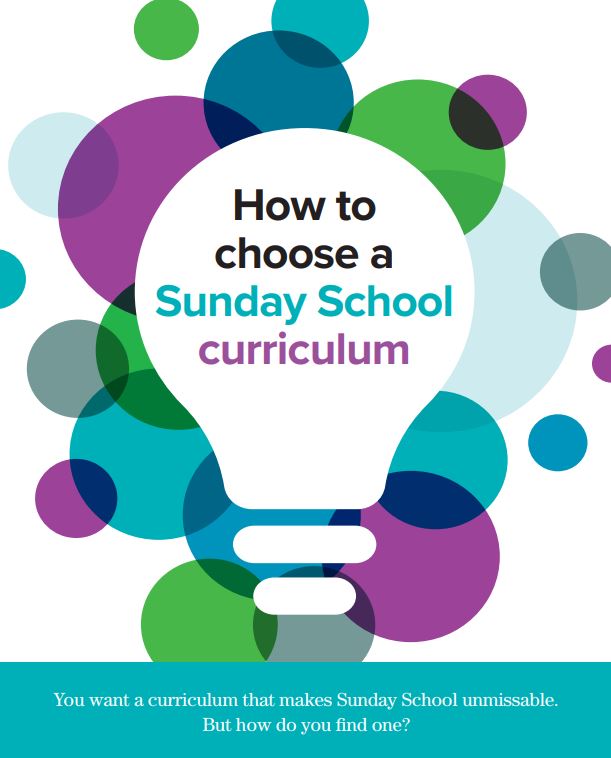
As an adult Sunday school teacher, you face challenges and opportunities that are far different from teachers of any other age level. Teachers in the children’s area will have the same students for just a few years. Even if your church is small, and age-levels are combined, preschool would be up to about 5 years of age, elementary would be from 5 to 12 (at the most) and youth would be from 12 or 13 to 18. So the maximum age difference would be about seven years for any group.
When students become adults (usually considered at about age 18), their journey through adulthood will likely last for many decades. While some churches have classes for young adults, middle-age adults, or older adults, others will have all of these age groups together. Even if they are separated into these age divisions, you will still have students who are as much as 20 or 30 years younger or older than others in the class.
In addition to the age differences, your adult class may have vast differences in spiritual maturity. If your students are ministering in their communities, they will be bringing in new students who are new Christians or may not have made a commitment to Christ. At the same time, some of your students may have been Christians from the time they were children, so they are much further along in their spiritual journeys than those who have just been introduced to Jesus.
With the diversity of ages and spiritual maturity within your class, you may wonder how you can teach in a way that everyone hears from God in your class. But these differences actually provide amazing privileges along with the challenges they present.
With a variety of ages in your class, you have an opportunity to help your students build relationships that will impact their lives, both socially and spiritually. Many young families live far from parents and grandparents. As they build relationships with the older members of your class, those individuals can be “local” grandparents and parents. Likewise, those older students may not have their own children, or their children may live far away. Having younger class members who are available for social interaction or to help with practical tasks (such as moving a piece of furniture or helping with an errand) would be a huge blessing to them.
The spiritual maturity differences are a great opportunity for students to mentor one another in their faith. You may need to privately encourage a spiritually mature saint to reach out to a new believer and help them grow in their faith. You may even want to suggest that they use some of the resource items in the curriculum as opportunities to get together during the week and further discuss the lesson. Encourage the more mature Christian to listen carefully to the newer believer. Often they will have insights to offer that can be overlooked. Everyone can learn from each other.
So how do you blend these differences together within the classroom? Some concepts that are covered will be difficult for the younger, more inexperienced believers, but you don’t want to “starve” the more mature adults either. Here are a few ideas:
1. When dividing into small groups to do the resource items, be intentional about crossing the age-level and maturity-level lines. If you allow students to self-assign, they will often gravitate toward people they have the most in common with. So you may need to take a creative approach. For example, ask everyone whose birthday is in a specific month to meet together. Or, group two months together, depending on the size of your class. Be careful about using anniversary months, however, as some may be divorced, widowed, or never married. Everyone has a birthday!
2. Specifically call on people of different age-levels to respond to application questions.
3. Since the lessons intentionally have more material than you can cover in class, choose the highlights you share and the questions you ask to cover a broad spectrum. As you are covering some of the more difficult concepts, call on a more mature student to respond. Then ask everyone for further comments, being sure to include comments from younger students. Be sure to value everyone’s input.
Besides the pastor, the adult teacher(s) has more opportunity to impact the life of the church than any other individual. Be sure to use your class to build community and cross the generational lines to contribute to the health of your church.
Consider This
Prayer Partner Fellowship
Invite students to become prayer partners with others in the class. You could draw names to pray for one another on a regular basis. Couples should be listed on a single paper for drawing so the couple is interacting with another couple or a single from the class.
Encourage them to get together for an occasional meal or other activity or to do something special for each other. You might do this once each quarter so people get to build relationships with others in the class rather than gravitating toward people in their own age group. This might be a great way for an older person to connect with a young family or for a younger person or family to find that substitute parent or grandparent they need.



